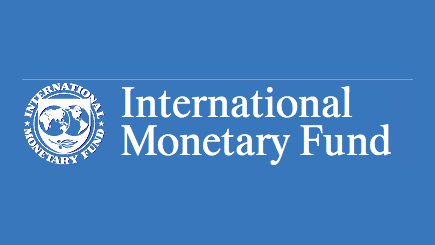
13 April 2018
On March 30, 2018, the Executive Board of the International Monetary Fund (IMF) discussed a staff paper entitled Considerations on the Role of the SDR.[1] The paper explores whether a broader role of the SDR could contribute to the smooth functioning and stability of the international monetary system (IMS). It provides an updated assessment of the IMS, highlighting its considerable resilience but also some weaknesses—a weak external adjustment mechanism, gaps in international liquidity provision, and large-scale reserve accumulation— and explores whether the SDR could play a broader role in mitigating these weaknesses.
Conceptually, there are three distinct forms of the SDR :
official SDRs, the reserve asset administered by the IMF (O-SDR)
SDR-denominated financial instruments, or “market SDRs” (M-SDR)
SDR as a unit of account (U-SDR).
The O-SDR was conceived under the Bretton Woods gold exchange standard as an international reserve asset to supplement existing reserve assets. As the IMS evolved, and despite the aim of the Second Amendment of the Articles of Agreement to make the SDR “the principal reserve asset in the international monetary system,” the SDR’s role as an international reserve asset has been limited. Interest in both the U-SDR as the unit of account to price international trade or for the dissemination of statistics, and M-SDR as the denomination for financial instruments such as bank deposits, loans, or securities, has been sporadic with low overall uptake.
The staff analysis concludes that among the three conceptual forms of SDR, the O-SDR has the greatest potential to contribute to the smooth functioning of the IMS under a different legal framework that would require amendments to the Fund’s Articles of Agreement.
Executive Board Assessment
“Executive Directors welcomed the opportunity to discuss whether the SDR could play a broader role in contributing to the smooth functioning and the stability of the international monetary system (IMS).
Many Directors noted that the IMS had shown considerable resilience and strength, including during the global financial crisis (GFC), and a few noted that it had been further strengthened after the GFC. Directors noted, however, that the IMS continues to face several important challenges, mainly related to external adjustment mechanisms, gaps in official provision of international liquidity, and systemic side effects of large scale reserve accumulation. In this context,
“Directors discussed whether an expanded role of official SDRs (O SDRs) could help smooth external adjustment, augment the supply of safe global assets, and reduce incentives for precautionary reserve accumulation. In this context, while a number of Directors saw a potential for additional O SDR allocations to help foster greater IMS stability, most were not convinced that it could be effective in addressing the IMS gaps.
Many Directors noted that the 2009 SDR allocation played an important role in mitigating the impact of the GFC. Nevertheless, many
Directors expressed skepticism regarding alternative targeting mechanisms for SDR allocations, such as allocations contingent on global conditions or meeting policy criteria, noting that it would blur the distinction between conditionality based Fund lending and the role of the SDR as reserves.
“Directors welcomed a preliminary discussion of economic and technological transitions, such as a potential move toward a multipolar global economy and adoption of financial technologies, and their impact on the IMS. Most supported further analysis of how these developments could reshape the IMS in the future, noting that the role of the SDR either should not be the central question in this analysis or need not be explored at all. It was also suggested that staff should focus more on issues such as exchange rate adjustment, excess reserve accumulation, and global rebalancing.”
Source
Note
[1] Special Drawing Right (SDR)
The SDR is an international reserve asset, created by the IMF in 1969 to supplement its member countries’ official reserves. As of September 2017, 204.2 billion SDRs (equivalent to about $291 billion) had been created and allocated to members. SDRs can be exchanged for freely usable currencies. The value of the SDR is based on a basket of five major currencies—the US dollar, the euro, the Chinese renminbi (RMB), the Japanese yen, and the British pound sterling. Source
Further Study
Considerations on the Role of the SDR
Articles of Agreement
Is The Bail-In Principle A Vatican Concordat?
Breaking Down The Bail-In Principle
You Are An ‘Unsecured Creditor’ To The Banks, Get Ready For Bail-Ins